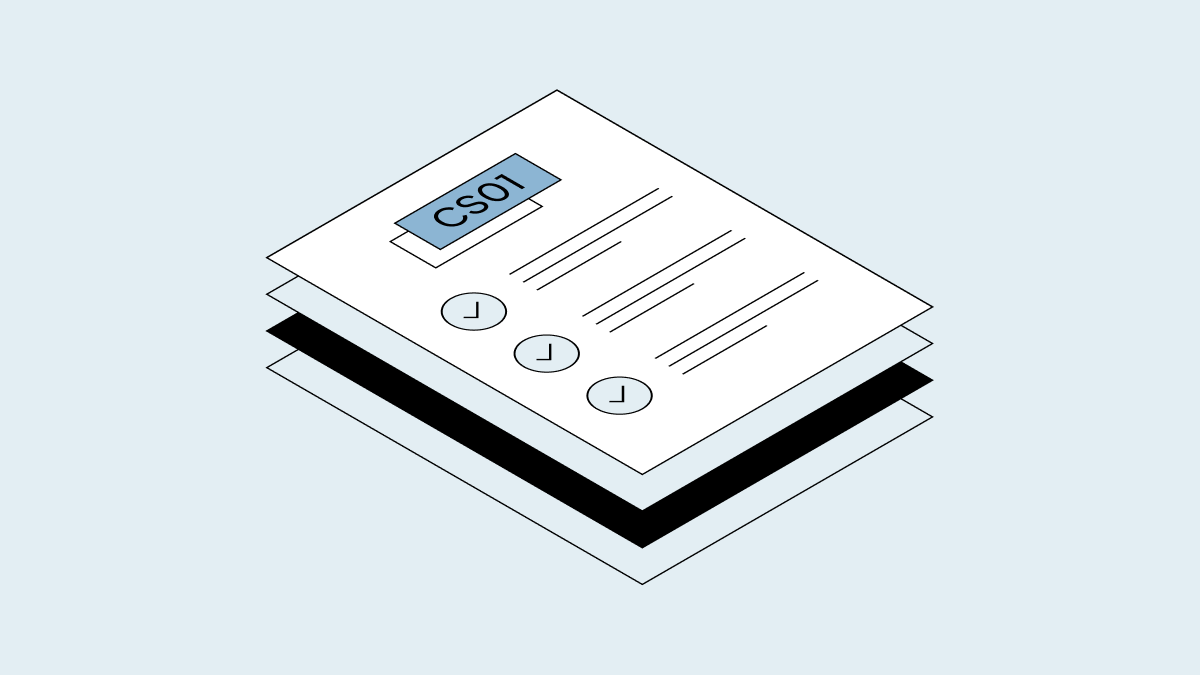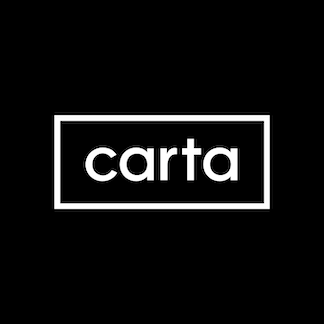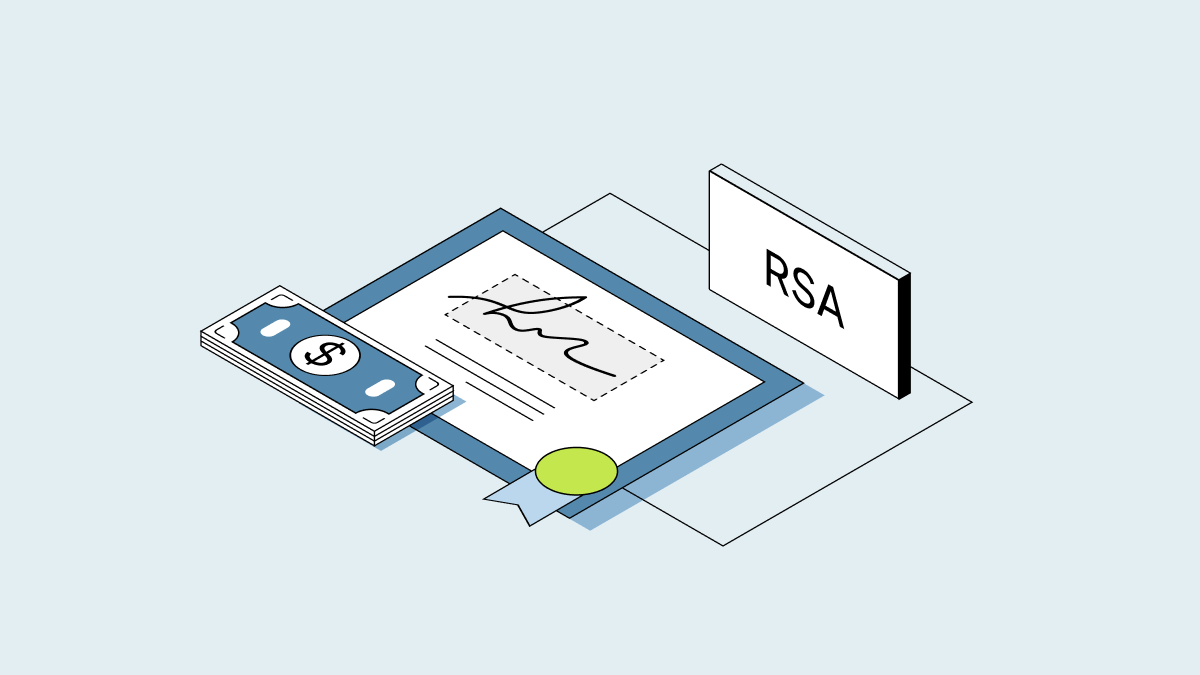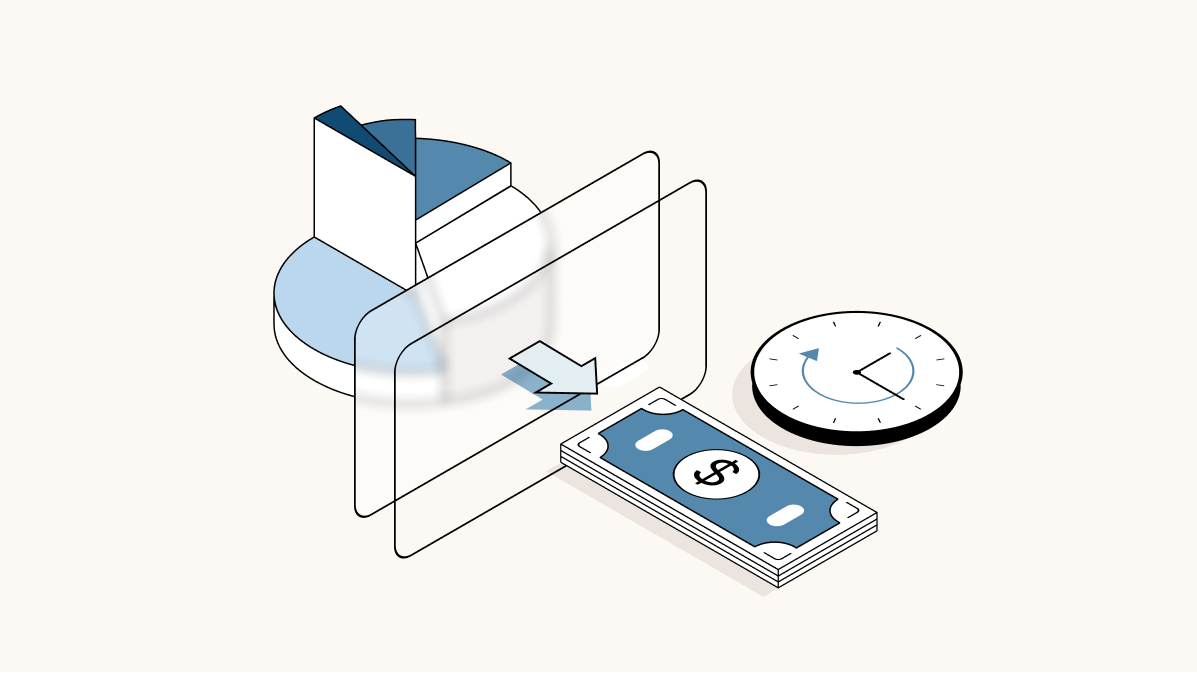Not sure how to file your CS01 at Companies House? Or just tired of spending too much time on filing your annual confirmation statements? Either way, we've got you covered. Here's some confirmation statement guidance and a bit about how Capdesk makes filing it to Companies House a lot, lot faster!
What is a CS01?
As part of your Companies House filings, you're required to file a confirmation statement (aka a CS01) at least once a year. A CS01 is a companies house file that essentially lets the government know about any changes made to your company's structure, and confirms that information publicly available about it is indeed correct. This means that, even if nothing immensely different has happened in your business over the last year, you're still required to file your annual confirmation statement.
A CS01 is divided in parts 1-4, each of which covers a different aspect of your company that may have seen changes recently: business activities, capital structure, status of shares and people with significant control (PSC), and finally shareholder information.
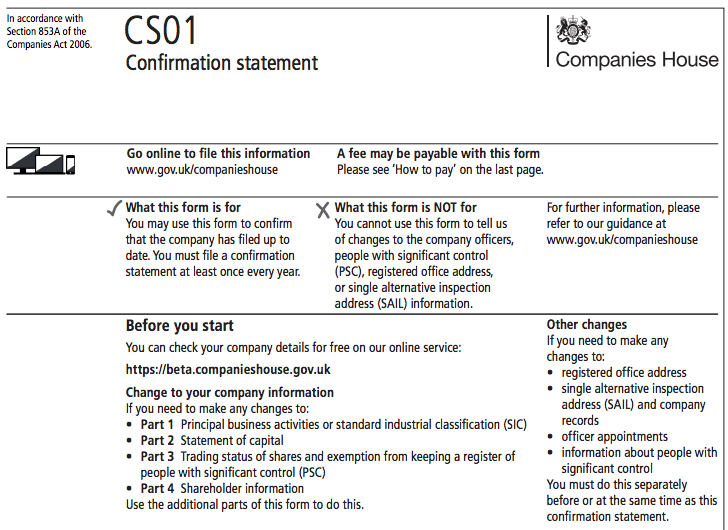
CS01 Part 1: Filing business activities to Companies House
The first part of your annual confirmation statement is to essentially let Companies House know what industry you're primarily involved in. Companies House has attributed each major field of business activity a unique code, called 'SIC' (stands for 'Standard Industrial Classification'). All you have to do is to fill out the SIC code or codes that apply to your business activities and, if necessary, remove previous ones that you're no longer involved with.
So how many SIC codes can a company have? Well, normally one should suffice, but you do have the option to choose up to four. To see a full SIC codes list, just follow this link.
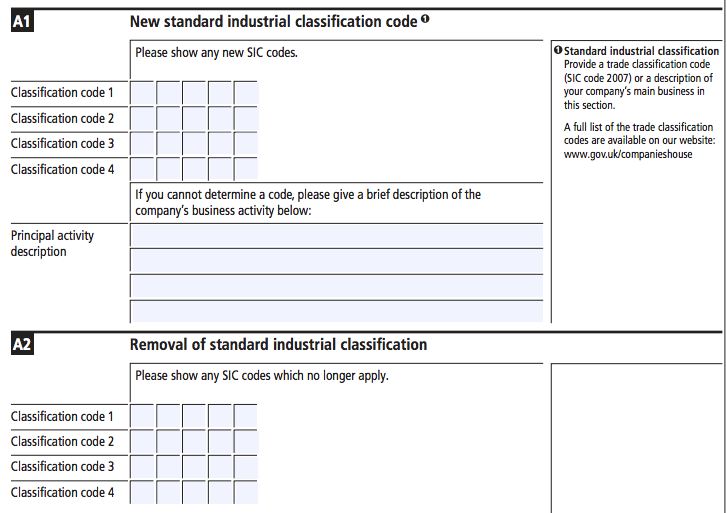
CS01 Part 2: Reporting on your share capital
Next up, you'll have to report to Companies House any changes to your statement of capital (eg. following an allotment of shares). This might include updated number of shares, share classes, currency, and aggregate nominal value of shares. In the bottom part of this section, you'll also have the chance to describe any prescribed particulars of your shares, such as voting rights or whether the shares are to be redeemed at the option of the company or the shareholder.
Changes in your state of capital can also be reported when filing your SH01, which you might have already sent to Companies House, or there simply might not be any changes since your last confirmation statement filing. In that case, great news! You're not obligated to include this information again in your current CS01 form.
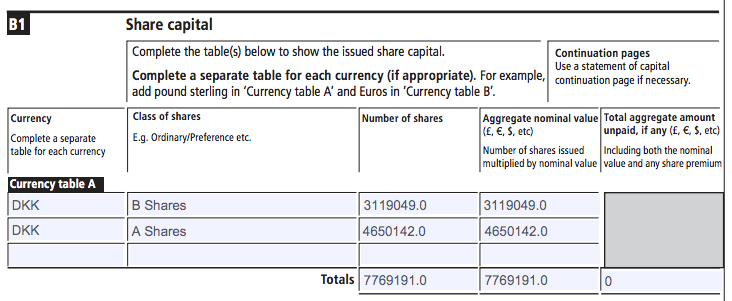
CS01 Part 3: Trading status and exemptions
For this part, you're initially required to give some basic information about your trading situation. Specifically, whether there were any shares admitted to trading on a market during the confirmation period in question, and whether your company was a traded company and an issuer to which DTR5 (i.e. disclosure and transparency rule 5) applies during that time. You can answer by simply ticking the box that applies to you, as shown in the example below.
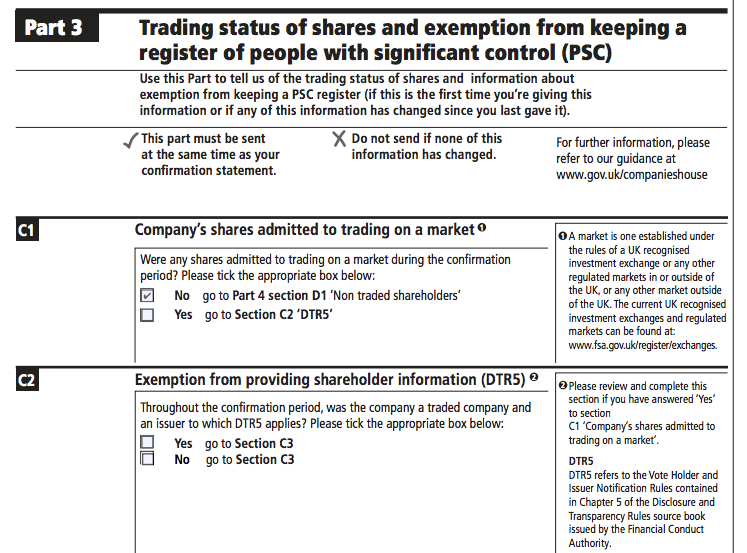
Next, you'll have to inform Companies House about whether your company has ever been exempt from providing a PSC register (i.e. people with significant control register). This can refer, for example, to a change of company directors.
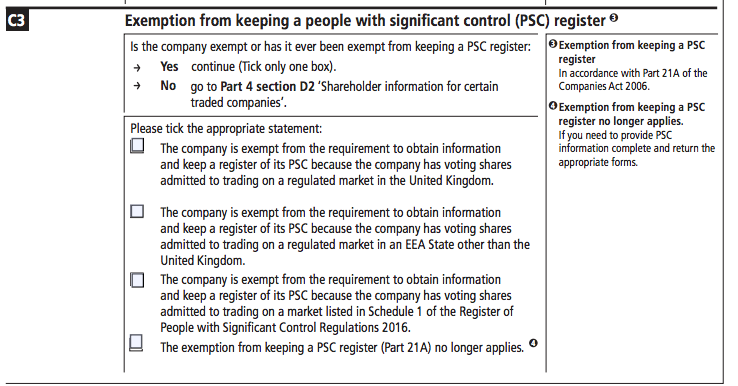
CS01 Part 4: Changes in your list of shareholders
This bit is quite straight forward: it requires you to list any changes in your list of shareholders - for example, this could refer to share issuances or share transfers. You'll have to include the name of the shareholder, the class of shares he or she holds, and the number of shares held at the time of the confirmation statement. If you're reporting a share transfer, your CS01 must also reflect the number of shares transferred, as well as on which date.
*To be clear, you're not obligated to report on shareholders whose state of ownership has not changed since your last CS01 filing.
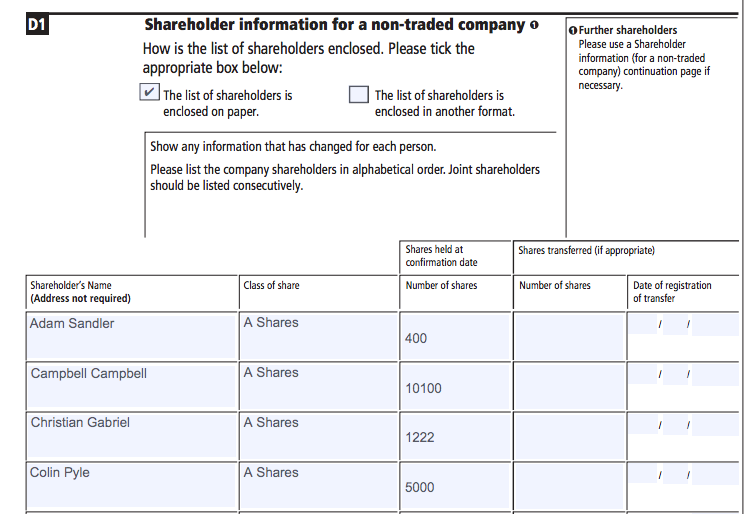
Please note that you do not necessarily have to provide shareholder updates as part of your CS01 - you can notify Companies House about such changes on an ad hoc basis. However, if you do so, you must make sure that changes in your shareholder register are sent out before you file your CS01 to Companies House.
How to file your annual Confirmation Statement to Companies House
There are two ways of reporting changes to your company information. Your first option is to make a paper filing of your CS01 - in other words, you download the CS01 form from the Companies House website, fill it out, print it, and then send it to them through the post. Alternatively, you can go through the Companies House Webfiling route, which means you set up an account, and then fill out a digital version of the CS01 on the Companies House website.
Please note that for the paper filing you'll be asked to pay a £40 fee, while the webfiling will cost you £13. In either case, you'll only be charged for your filing once per year - i.e. if you wish to file a second or third CS01 during the same year, you won't be charged for those subsequent filings.
How Carta makes filing your CS01 simpler
Want to make all this paper filling and filing more efficient? If you're on Carta, we've got you covered. All you have to do is export your CS01 directly from the platform, and we'll autofill it for you with data that's already on your account. No manual typing or writing - just export it and send it in to Companies House straight away.
To start off, just go to your 'Companies House' tab, on the left hand side menu on Carta. Click the 'Export' button and select 'CS01'.
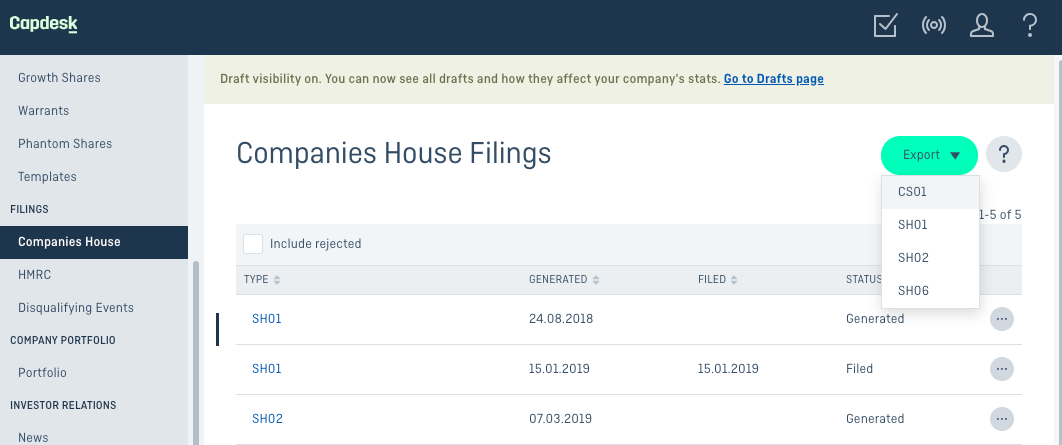
A pop-up screen will first ask you whether you want your form to include drafts. Then, you must enter the date your last confirmation was sent out (so that the your new form does not duplicate information you've already filed), as well as choose the date for which you want to file your current CS01 form. When you're ready, click 'Order'.

Very soon, you should receive an email from Carta with a link to download your form. This will be in the form of a PDF, pre-filled with all your information: your company details, SIC code(s), state of capital, and list of shareholders!
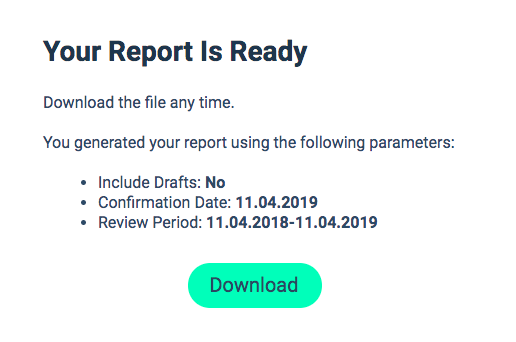
You're now ready to file your CS01 to Companies House. Again, you can do this in two ways: either print out the auto-filled form and send it through the post, or use the Companies House Webfiling System, but simply copy and paste your PDF's information onto the system rather than manually checking and typing it in.
Please note:
-
Even though filing Part 2 might not be necessary in the case that you've already informed Companies House about changes to your statement of capital, there are no restrictions about sending this information in multiple times. Therefore, Capdesk will always include this part of the form in its exports by default.
-
Carta's CS01 export does not support trading information. Therefore, the default answers to Part 3 C1 and C2 will be marked as 'no', and no options will be selected for question C3.
For a step-by-step walk through filling out your CS01 on Carta, check out our relevant support article.
